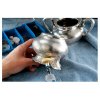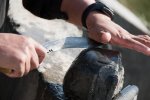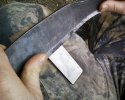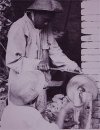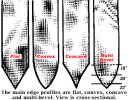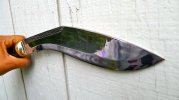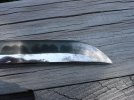I wanted to sharpen and polish my khukuris but i am not sure how to do it properly. so i read some articles and watched couple of videos, but since this is the best forum to talk about khukuris, i wanted to ask if anyone can give me some advice, so i don't ruin my fine blades. My recent purchased khukuri was a bit dull and had a bit rust and minor scratches on the blade, so i was thinking of buying some 2000 grit sandpaper and a leather strop for the sharpening. for polishing i thought about some 6000, 8000 and 12000 grit sandpaper along with some flitz metal polish. Are there any special techniques or can i make any big mistakes when polishing and sharpening the blade?
regards
Ang-Khola
regards
Ang-Khola

